
Pakistan again puts Jaish-e-Mohammed leader under ‘protective custody’
Masood Azhar, the Jaish-e-Mohammed emir, has been placed under house arrest and in protective custody at least three other times in the past.

Masood Azhar, the Jaish-e-Mohammed emir, has been placed under house arrest and in protective custody at least three other times in the past.
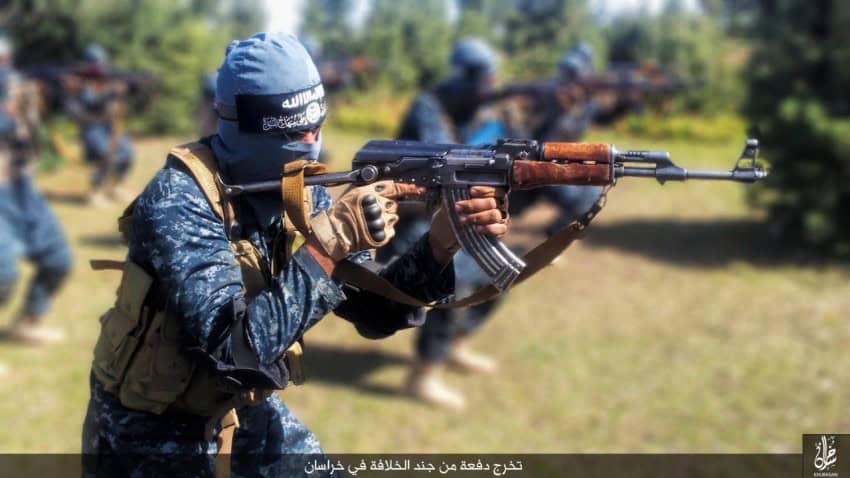
The US has treated the Islamic State Khorasan Province as a terrorist organization long before officially listing it. Four senior Khorasan Province leaders have been killed in US airstrikes over the past year.

Indonesian police have linked the attack to a jihadist based in Syria. Two jihadists factions in Indonesia, Jemaah Ansharut Tauhid and Mujahidin Indonesian Timur, have pledged loyalty to the Islamic State.

The Movement of the Taliban in Pakistan said that a “Special Unit” from the Mujahideen Special Group “successfully targeted” and killed Pakistani security forces guarding the vaccination center. The Taliban has targeted the anti-polio drive in the past, accusing it of being a vehicle of Western intelligence services.
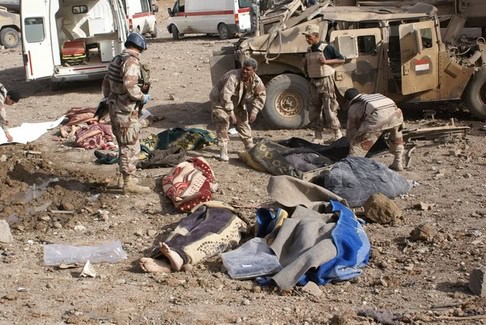
A Guantanamo detainee who was transferred to Kuwait in 2006 had quickly returned to the battlefield. He killed 13 Iraqi soldiers in a suicide truck bomb at a combat outpost in Mosul, Iraq in 2008.

Muhanad Mahmoud Al Farekh, a member of al Qaeda’s paramilitary force in Afghanistan and Pakistan, was involved in a double suicide attack in Khost, Afghanistan in 2009.

The reintroduction of US and British forces in Helmand has not prevented the districts of Nowzad, Musa Qala, and Sangin from falling to the Taliban.
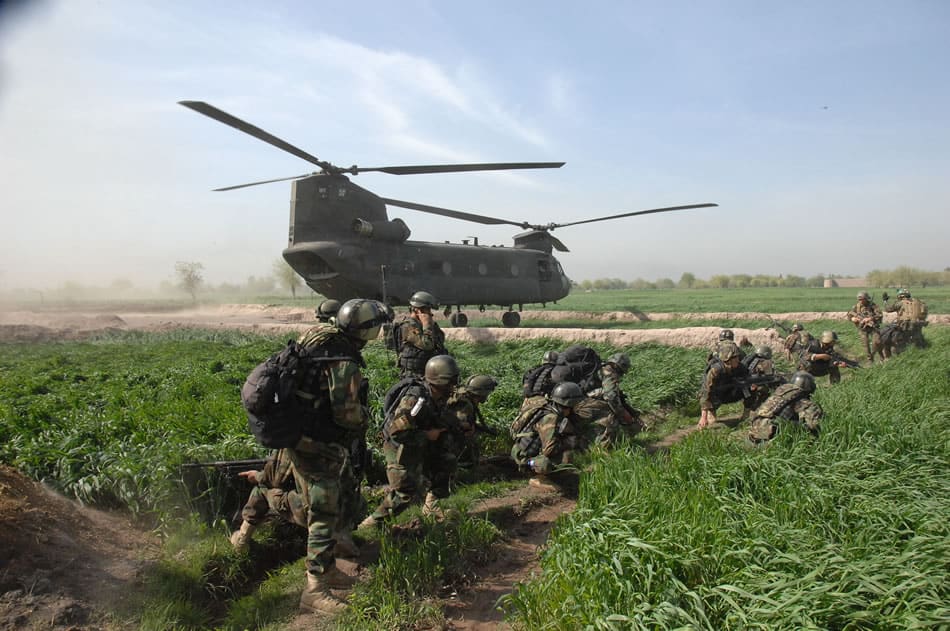
While the operations against the Taliban prisons in Nahr-i-Sarraj and Now Zad highlight potential capabilities of Afghanistan’s Special Security Forces, they also emphasize the worsening security situation in Helmand province.

The assault on the airbase is thought to have been executed by Jaish-e-Mohammed, a Pakistan-based jihadist group with close ties to al Qaeda. Jihadists reportedly said they were going to avenge a Jaish-e-Mohammed operative who was executed for his role in the 2001 assault on India’s Parliament.

The loss of Ramadi is a major blow to the Islamic State, which seized the provincial capital and raised its flag over the government center on May 15 after launching a coordinated assault on Iraqi units stationed in the city.
“Six Resolute Support service members died as a result of a vehicle-borne improvised explosive device attack in Bagram, Afghanistan,” the international coalition confirmed. Bagram is a high priority target for the Taliban.

Sangin district is the latest to fall under the Taliban’s control. The Taliban now controls five of Helmand’s 13 districts, and contests another seven.
The Movement of the Taliban in Pakistan again rejected the Islamic State and said its emir, Abu Bakr al Baghdadi, is illegitimate and his followers kill “innocent mujahideen.”
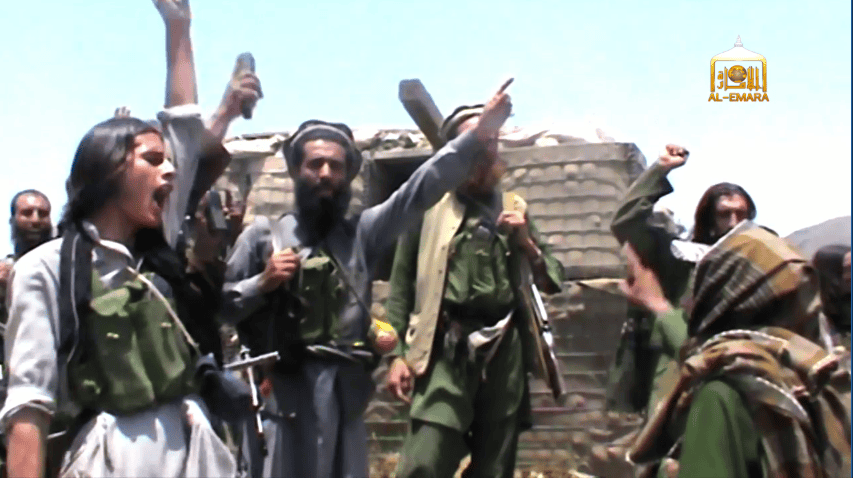
Afghan security forces claimed it ejected the Taliban from the Khanashin district center in southern Helmand province, while the Taliban claimed it seized control of Marawara in Kunar.
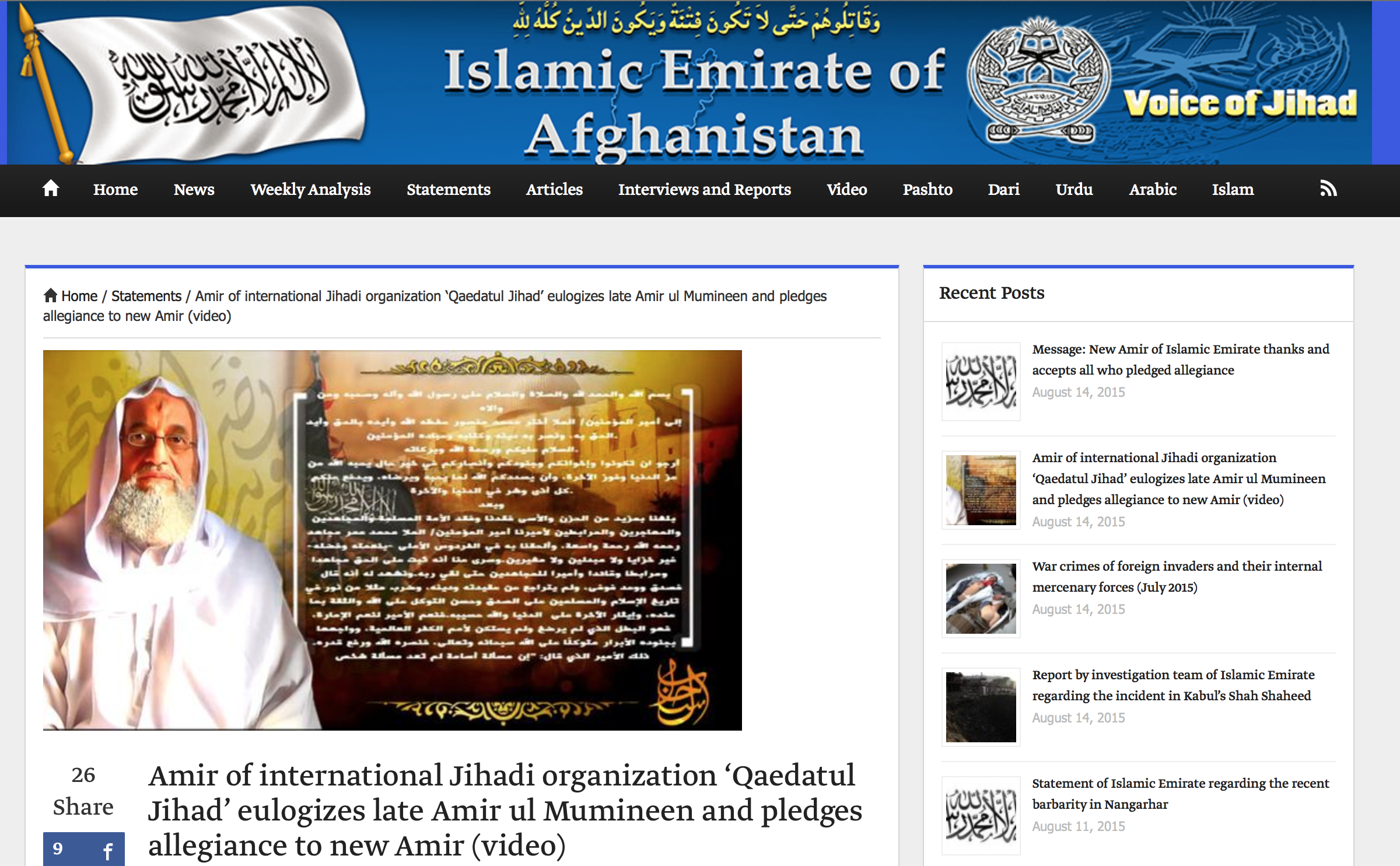
The failure to mention al Qaeda’s renewed oath to the Taliban in the military’s latest report on Afghanistan is no accidental omission.
The US military continues to claim that al Qaeda is “primarily concentrated in the east and northeast” of Afghanistan, despite a major operation two months ago that targeted the jihadist group at two established training facilities in Kandahar province in the southeast.

A US military spokesman touted the strikes that killed the three Islamic State leaders as “an example of how we’re able to decimate networks.”
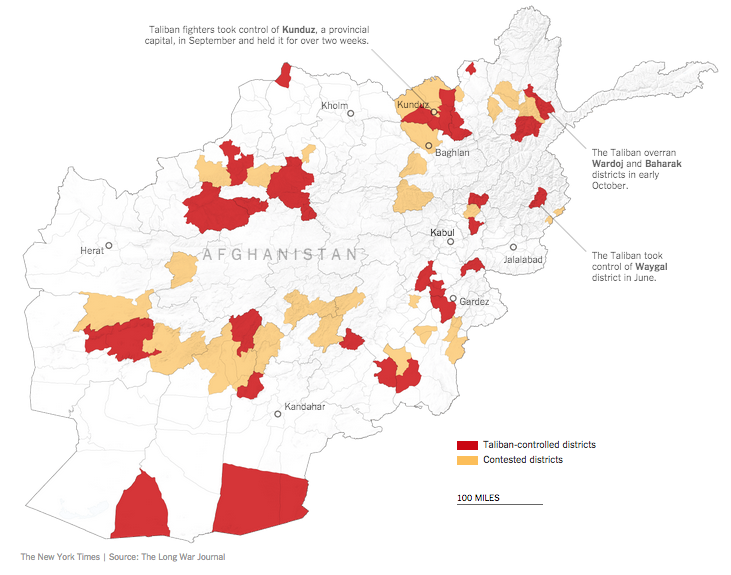
Khanashin district in Helmand province was a Taliban haven long before the district center fell earlier today. The Taliban now controls 37 districts in Afghanistan and contests another 39.
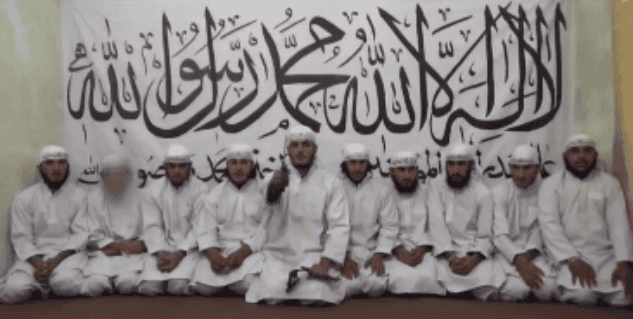
A Taliban suicide assault team killed more than 30 people in an attack on Kandahar International Airport in southern Afghanistan that lasted for more than a day before Afghan forces backed by the US military could regain control.
Fighters loyal to Mullah Mansour battled followers from Mullah Rasul’s splinter Taliban faction in Shindand in Herat province. Shindand is a stronghold of Rasul.

The two leaders were identified as Abdirahman Sandhere from Shabaab, al Qaeda official branch in Somalia, and Wissam Najm Abd Zayd al Zubaydi, from the Islamic State’s province in Libya.
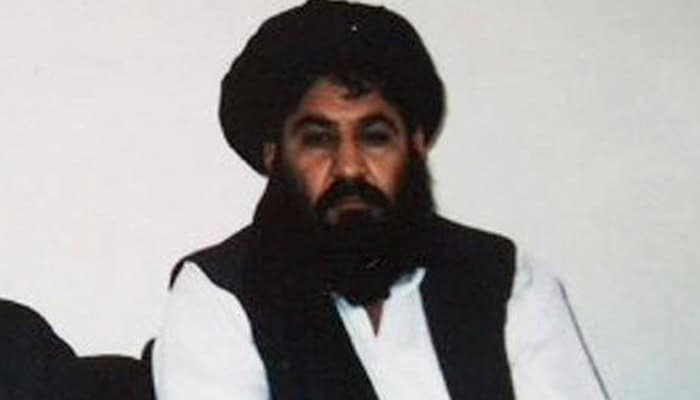
In a new audio message, Taliban emir Mullah Akhtar Muhammad Mansour denies that he was killed in a shootout in Pakistan. Afghan officials and other sources recently said that the Taliban leader was slain by a rival commander. But Mansour dismisses these reports as mere “propaganda.”
The Taliban released two statements denying that Mullah Akhtar Muhammad Mansour was injured or killed in a firefight. But the Taliban also hid Mullah Omar’s death, so its denial cannot be accepted at face value.
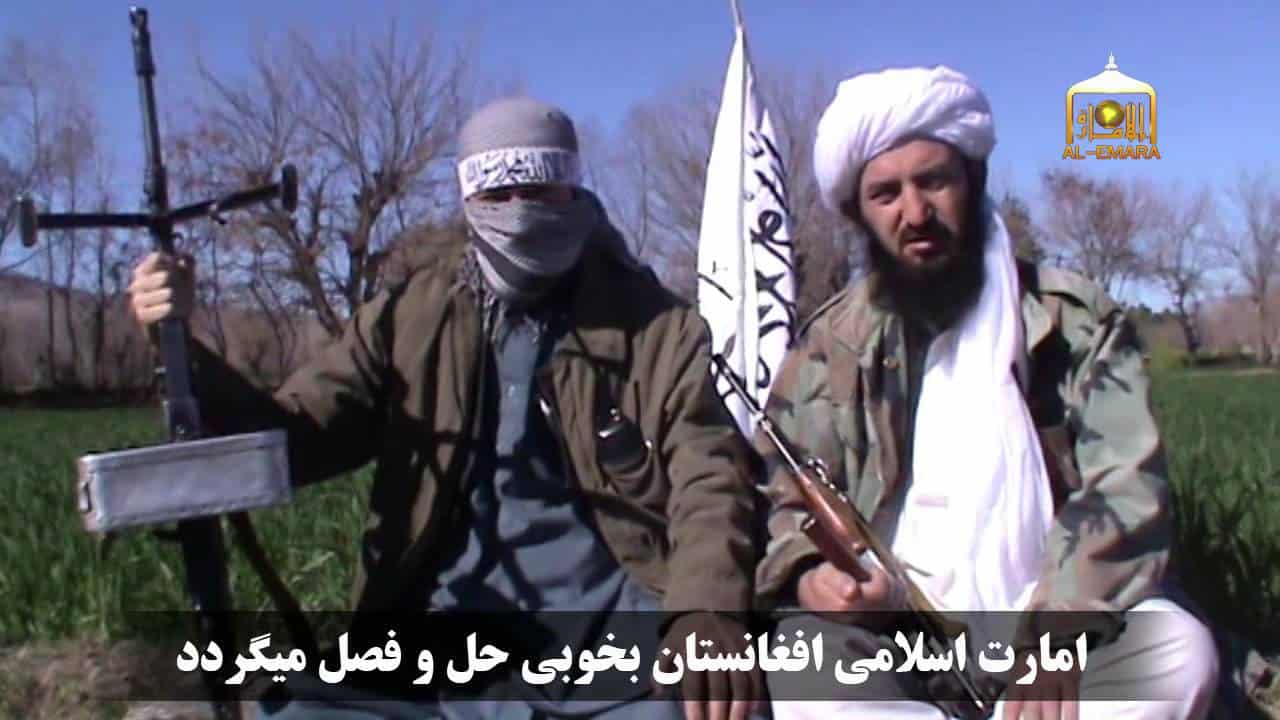
The Taliban claimed that 338 security personnel and government officials defected to the jihadist group in the district of Waygal, which is in the embattled northeastern province of Nuristan.
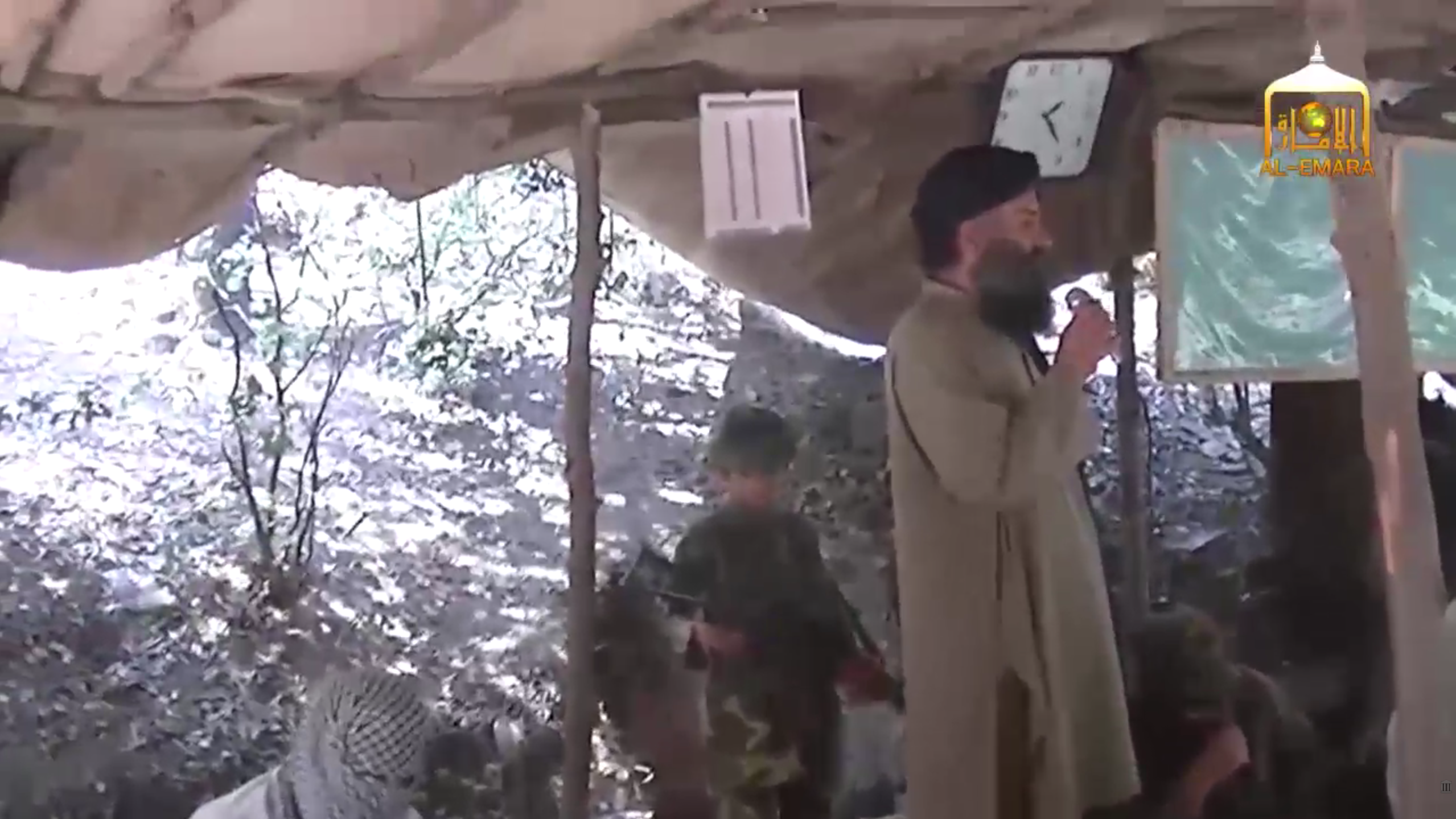
The Taliban issued a statement denying that it uses children in its paramilitary and suicide operations. The denial is contradicted by the group’s own propaganda, including a recent video that showed a young boy standing next to a commander as he addressed his suicide attack unit. The boy was dressed in military fatigues and armed with an assault rifle.

The Muaskar ul Fida is likely loyal to the Haqqani Network, an al Qaeda-linked Taliban group that is backed by Pakistan’s military and intelligence establishment.

While western officials still seek to negotiate with the Afghan Taliban, the group continues to support attacks in Western countries. The Taliban said France’s “colonial policy” justified the murders in Paris.
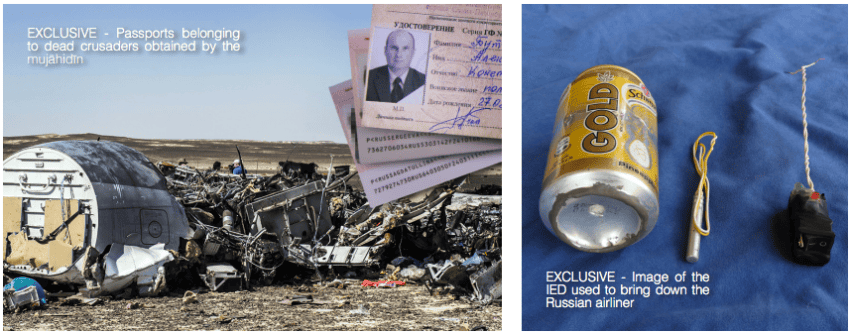
The Islamic State released a photograph of the bomb as well as what it claims are images of passports of Russians who were killed in the explosion and subsequent crash, in issue number 12 of its English language magazine, Dabiq.

A woman detonated her vest as French special police raided an Islamic State safe house in a Paris suburb. Police were searching for Abdelhamid Abaaoud, a Belgian national who is suspected of plotting the Nov. 13 suicide assault that killed at least 129 people in the French capital. Abaaoud was killed during the raid.

The strikes that targeted “Jihadi John” and Abu Nabil should serve as a reminder that 14 years after the September 11, 2001 attacks on the US, the military and intelligence establishment remain hyper focused on targeting individuals in the hopes of causing the collapse of jihadist groups.